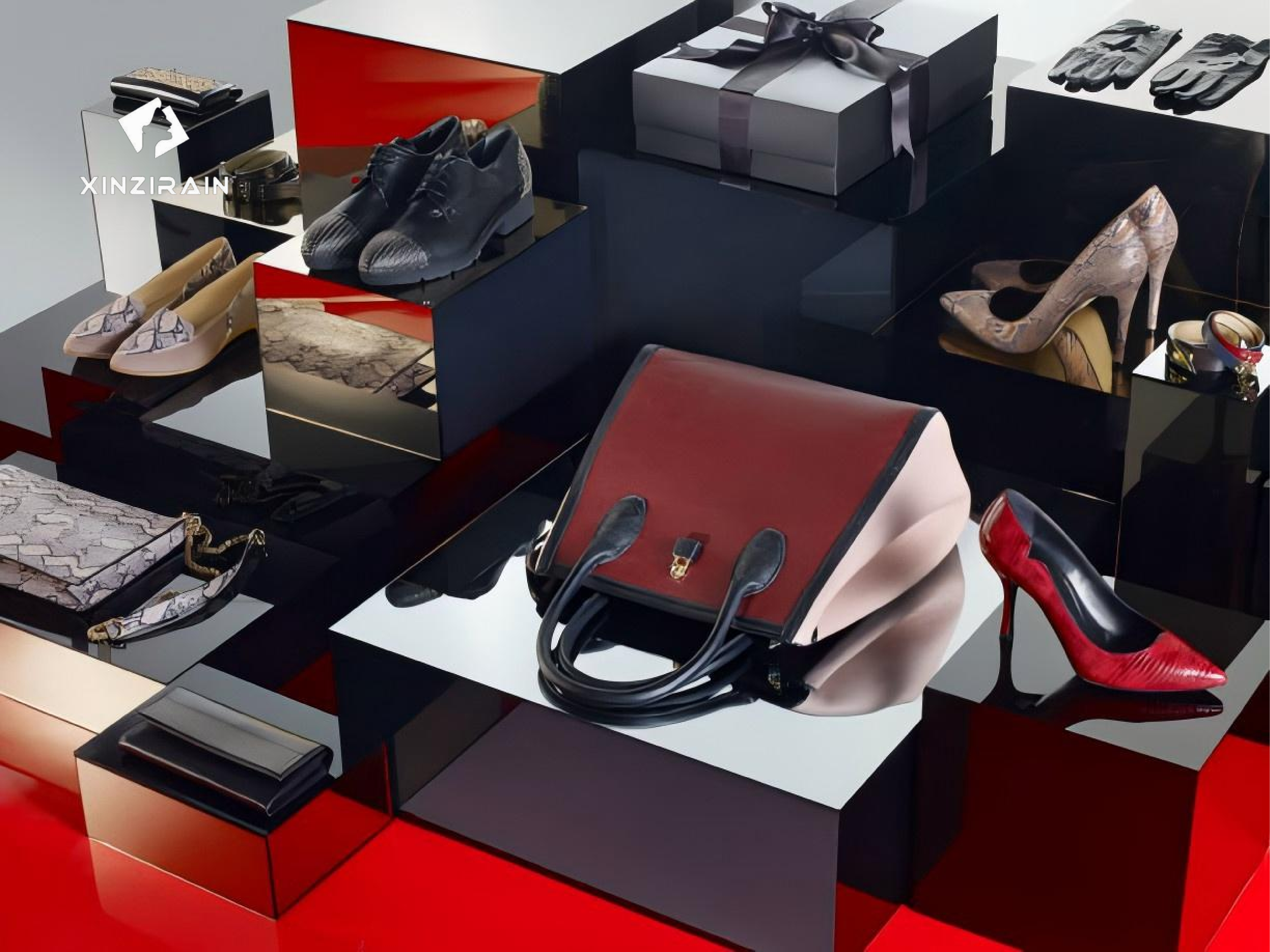
Emprender un negocio de fabricación de bolsos requiere una combinación de planificación estratégica, diseño creativo y conocimiento del sector para consolidarse y expandirse con éxito en el mundo de la moda. Aquí tienes una guía paso a paso para crear un negocio de bolsos rentable:
1. Identifique su nicho y audiencia
Primero, determine el estilo y el nicho de mercado de los bolsos que desea producir. ¿Busca bolsos tote sostenibles, bolsos de cuero de alta gama o bolsos deportivos multiusos? Es importante comprender su público objetivo y las tendencias actuales, como la demanda de...materiales ecológicoso diseños únicos, ayudan a definir el atractivo de su producto y la estrategia de precios.

3. Materiales y equipos de calidad de origen
Para satisfacer las expectativas de los clientes, utilice materiales de alta calidad que se ajusten a su marca, como cuero resistente, materiales veganos o telas recicladas. El equipo esencial incluye máquinas de coser industriales, cortadoras rotativas y remalladoras. Una cadena de suministro confiable con materiales de calidad constante garantiza que sus bolsos cumplan con los estándares del mercado y generen confianza entre los clientes.
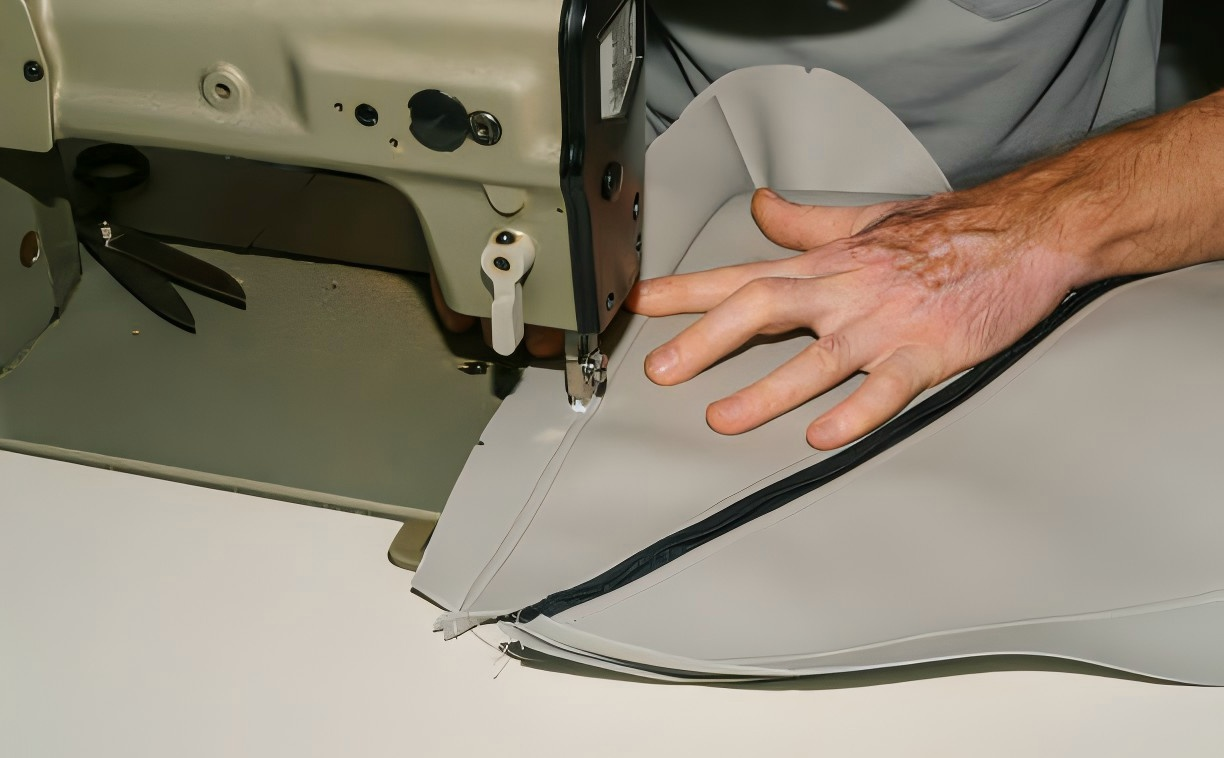
5. Configurar canales de venta
Para las empresas nuevas, plataformas como Etsy o Amazon son rentables para llegar a un público global, mientras que un sitio web personalizado de Shopify ofrece control sobre la marca. Experimente con ambos métodos para determinar cuál se adapta mejor a su mercado objetivo y presupuesto. Ofrecer descuentos u ofertas promocionales a quienes compran por primera vez puede fidelizar a sus clientes.
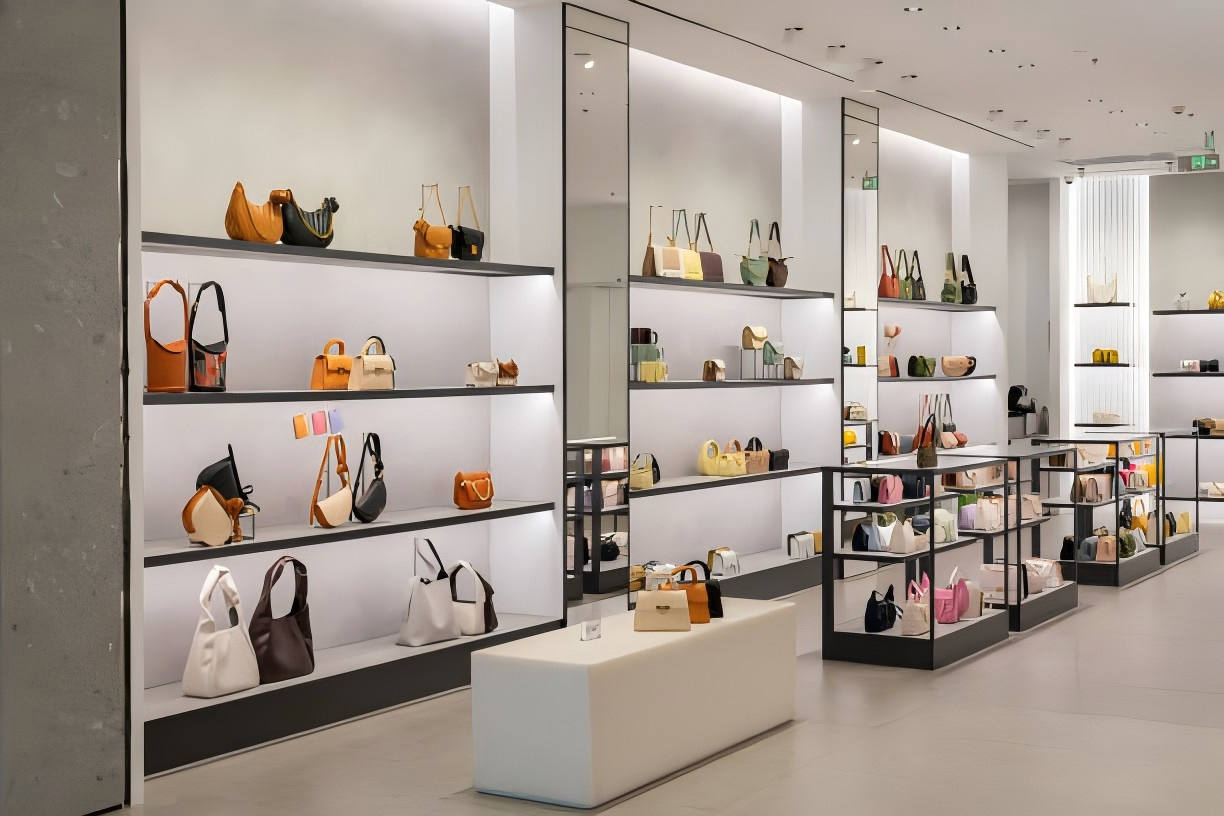
2. Desarrollar un plan de negocios y una identidad de marca
Tu plan de negocios debe definir los objetivos, el público objetivo, los costos iniciales y los flujos de ingresos esperados. Desarrollar una identidad de marca cohesiva —que incluya nombre, logotipo y misión— ayuda a diferenciar tus productos en el mercado. Crear una sólida presencia en línea en redes sociales como Instagram y Pinterest es esencial para conectar con tu público.
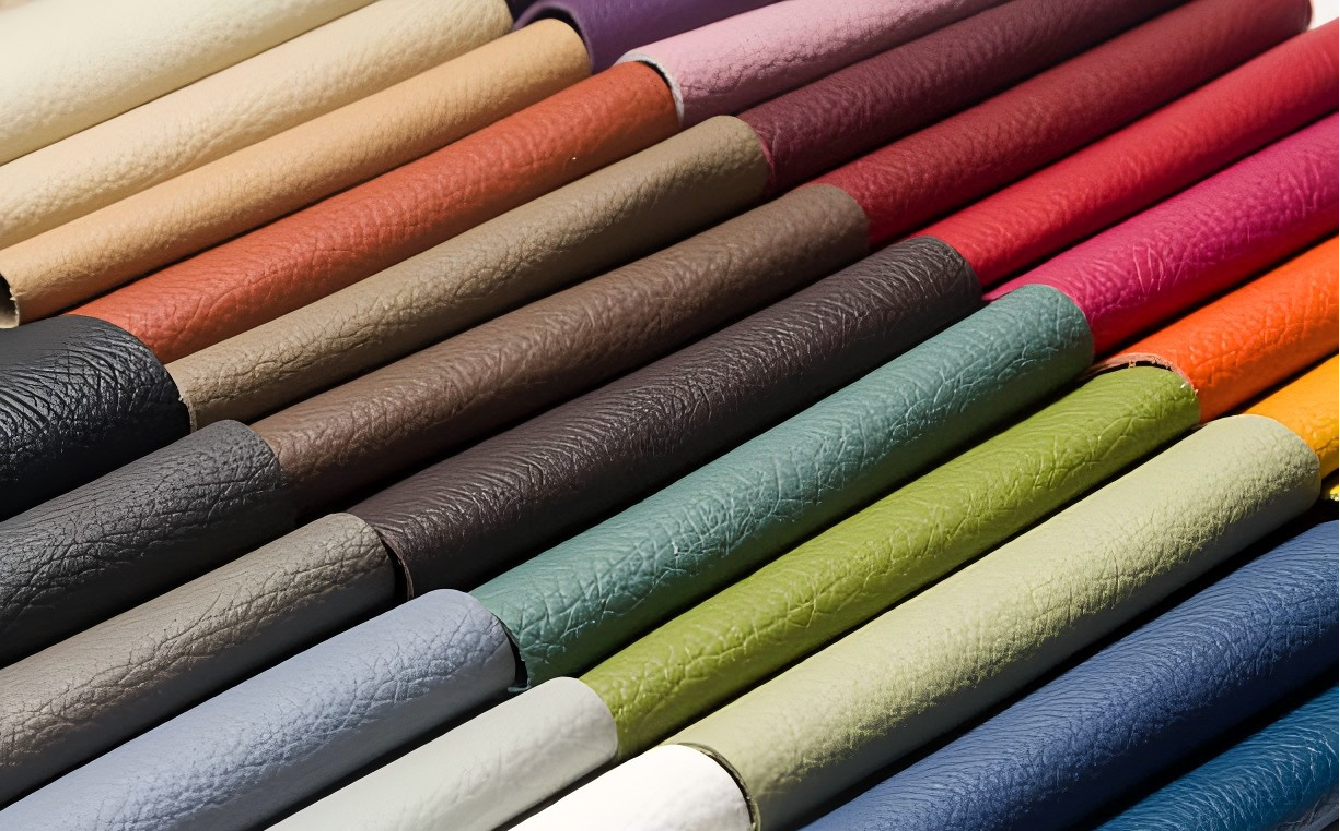
4. Prototipe y pruebe sus diseños
Desarrollar prototipos permite probar la funcionalidad del diseño y recopilar comentarios. Empieza con un lote pequeño y considera ofrecer piezas de edición limitada para evaluar la demanda antes de comprometerte con la producción en masa. Ajustar el diseño y los materiales según los comentarios iniciales puede mejorar significativamente el producto final y la satisfacción del cliente.
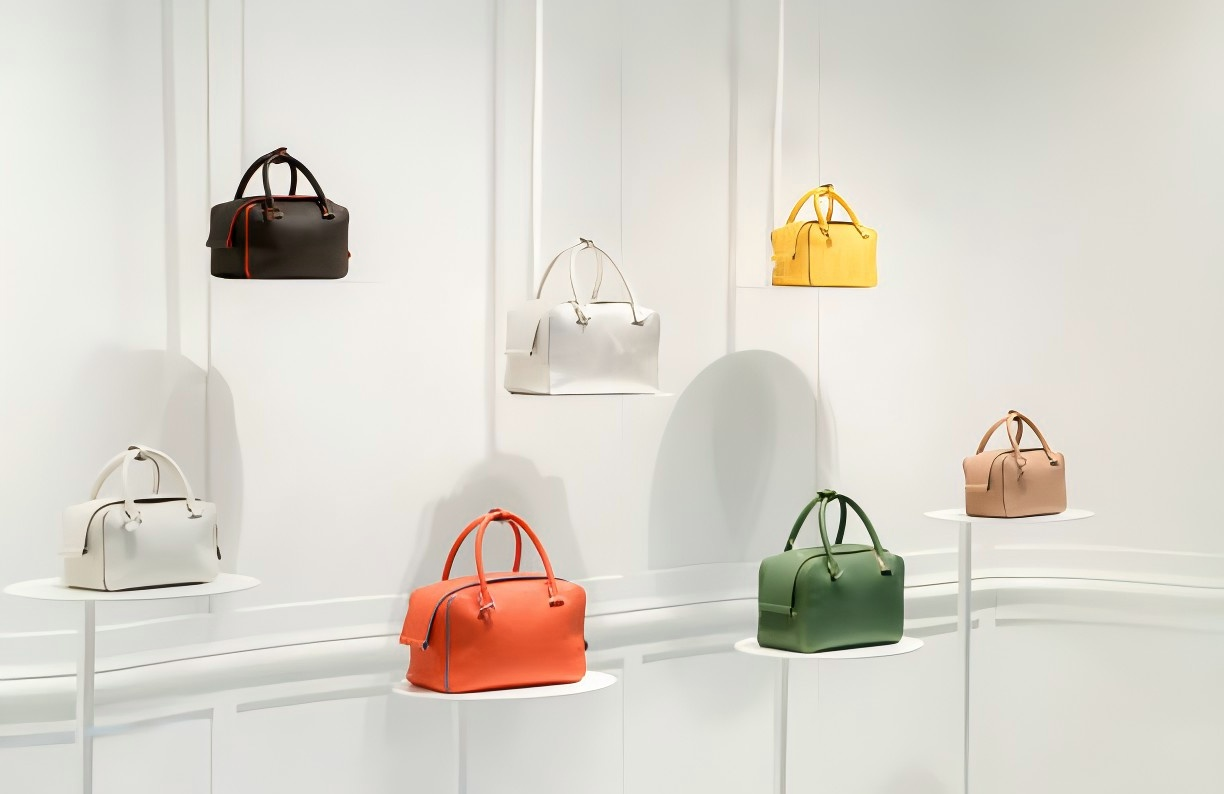
Vea nuestro servicio de zapatos y bolsos personalizados
Vea nuestros casos de proyectos de personalización
Crea tus propios productos personalizados ahora
Hora de publicación: 08-nov-2024